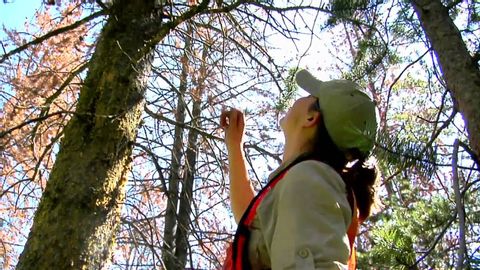
Subtitles & vocabulary
Video vocabulary
tree
US /tri/
・
UK /tri:/
- Noun (Countable/Uncountable)
- Tall green plants in a forest
- A diagram with a structure of branching connecting lines or points, resembling a tree.
- Transitive Verb
- To drive or force into a tree.
A1
More green
US /ɡrin/
・
UK /gri:n/
- Adjective
- Color of young leaves
- Covered with vegetation, e.g. grass
- Noun
- Large grassy area
A1
More important
US /ɪmˈpɔrtnt/
・
UK /ɪmˈpɔ:tnt/
- Adjective
- Having power or authority
- Having a big effect on (person, the future)
- Uncountable Noun
- A matter of great significance.
A1TOEIC
More Use Energy
Unlock All Vocabulary
Unlock pronunciation, explanations, and filters
